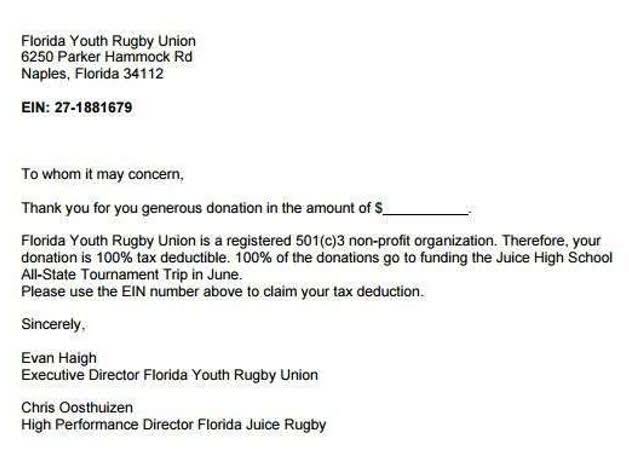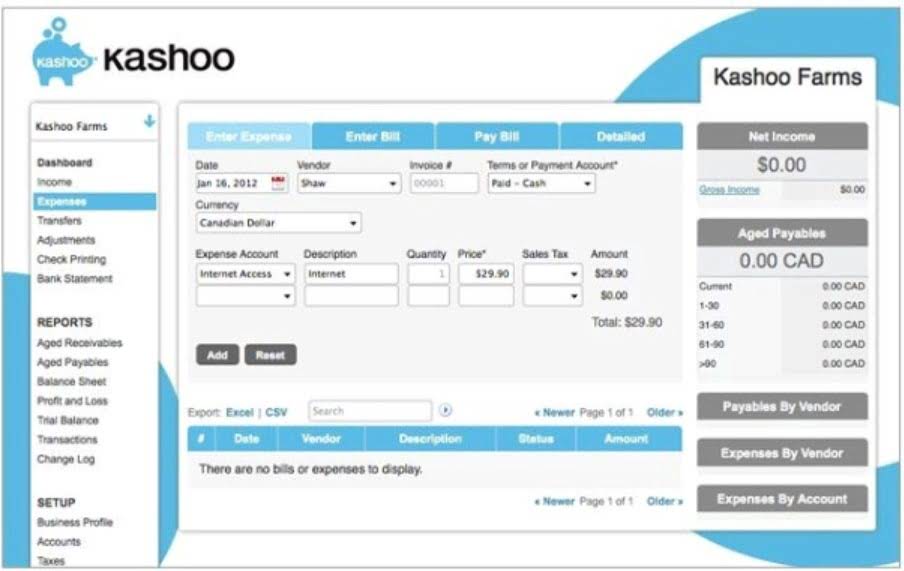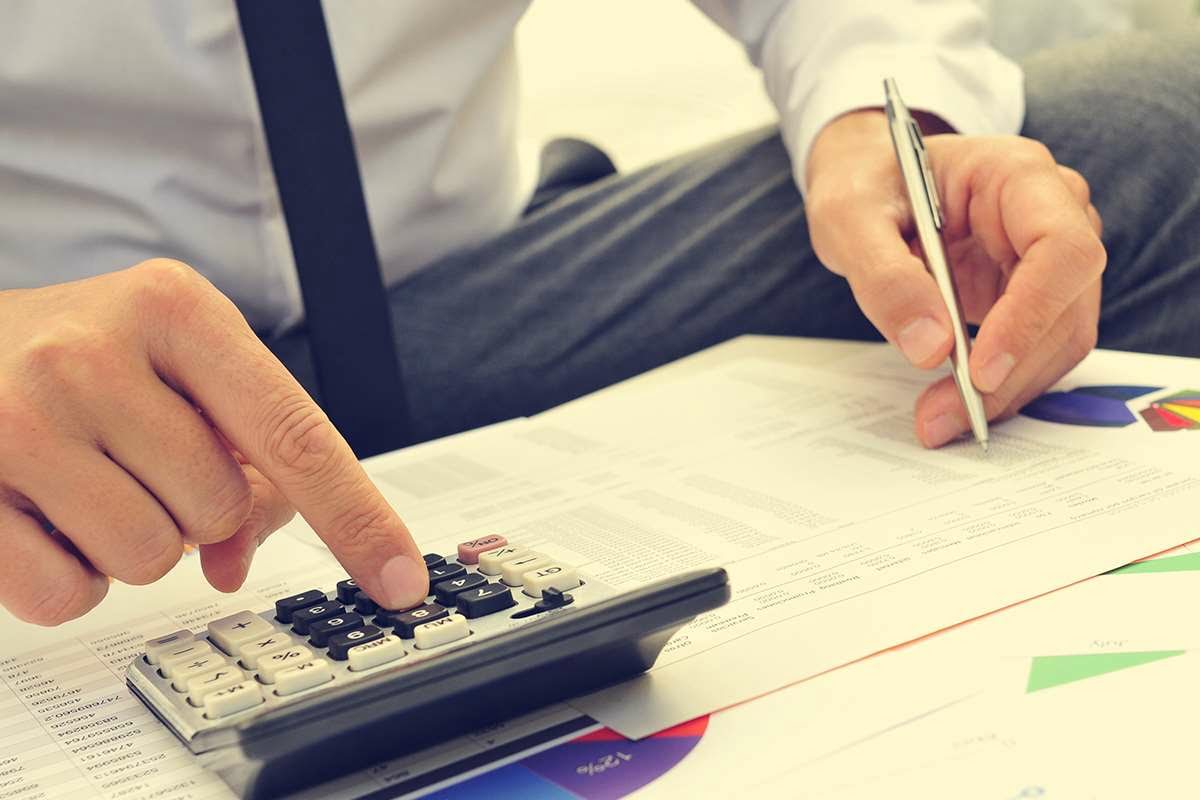
Since 2014, she has helped over one million students succeed in their accounting classes. Even if you have a judgment against a client, it doesn’t mean you’ll be able to collect payment. If the client files for bankruptcy, the full amount of the debt may be unrecoverable. If you win a civil case against a client and are awarded a judgment, you then have to take action to collect payment. Boost your confidence and master accounting skills effortlessly with CFI’s expert-led courses! Choose CFI for unparalleled industry expertise and hands-on learning that prepares you for real-world success.
Understanding Post-Closing Trial Balances in Accounting
He has worked as an accountant and consultant for more than 25 years and has built financial models for all types of industries. He has been the CFO or controller of both small and medium sized companies and has run small businesses of his own. He has been a manager and an auditor with Deloitte, a big 4 accountancy firm, and holds a degree from Loughborough University. Accounts receivable represent amounts due from customers when a business provides credit terms and sells to them on account.
Journal Entry for the Direct Write-off Method
Based on the ending A/R balance and the uncollectibility rate, the company estimates that $1,000 of the currently outstanding customer debt will eventually become uncollectible. This means that the ADA required balance should be $1,000 at the end of the period. The percentage of receivables method is otherwise known as the balance sheet approach. Before computing the bad debts estimate, you must first determine the balance of A/R at the end of the period (prior to bad debt adjustments) and then multiply it by the estimated uncollectibility rate.
- For example, the company ABC Ltd. had the credit sales amount to USD 1,850,000 during the year.
- In a perfect world, you’d never do business with a client who couldn’t pay their invoices in a timely manner, and you’d never have to record bad debt!
- In this case, the company may decide to write off the receivables of those accounts from its accounting record.
- The allowance method must be used when producing financial statements.
- In this case, a write-off affects both the balance sheet and income statement.
- No, recognizing bad debts is not required—unless you are required to follow GAAP.
Analyze the Effects on the Income Statement and Balance Sheet

The longer a debt has been outstanding, the less likely it is that the balance will be collected. The aging method breaks down receivables based on the length of time each has been outstanding and applies a higher percentage to older debts. Every time a business extends payment terms to a customer, that business is taking on risk. When a customer defaults on an amount due, this is called bad debt.
How to Estimate Accounts Receivables

Because customers do not always keep their promises to pay, companies must provide for these uncollectible accounts in their records. The direct write-off method recognizes bad accounts as an expense at the point when judged to be uncollectible and is the required method for federal income tax purposes. The allowance method provides in advance for uncollectible accounts think of as setting aside money in a reserve account. The allowance method represents the accrual basis of accounting and is the accepted method to record uncollectible accounts for financial accounting purposes. This is very similar to the adjusting entries involving shop supplies or prepaid expenses.
- The contra-account of ‘Provisions for doubtful debt’ is created in this method.
- After two months, the customer is only able to pay $8,000 of the open balance, so the seller must write off $2,000.
- Timing plays a significant role in this method, as the expense is recorded only upon confirmation of non-payment.
- It is useful to note that after writing off accounts receivable, the balance of allowance for doubtful accounts, which is on the credit side in nature, may stay on the debit side instead.
- However, if the credit sales fluctuate a lot from one period to another, using the net sales method to calculate bad debt expense may not be as accurate as using credit sales.
- By writing off bad debts only when they become apparent, businesses can avoid the complexities of estimating future uncollectible amounts.
If you don’t want the debt in AR but still need a way to track it, so it isn’t totally written off, you may want to create a separate AR account for each collection. This way, the primary AR balance can run reports without bad debts affecting it, but you can still track each collection account. Recognizing bad debts direct write-off method promotes conservatism in the financial statements because it reports A/R at its net realizable value. Meanwhile, the IRS only allows bad debt deductions under the direct write-off method once it is certain that a particular debt will not be collected.
When an account is deemed to be uncollectible, the business must remove the receivable from the books and record an expense. This is considered an expense because bad debt is a cost of doing business. Part of the cost of allowing customers to borrow money, which is essentially what a customer is doing when the business allows the customer time to pay, is the expense related to uncollectible receivables. Unlike the allowance method, the company only records bad debt expense when they determine a particular account to be uncollectible. And as the name suggested, bad debt expense will only show up when the company decides to write off any particular accounts.
How to Calculate Bad Debts Provisions

This is due to calculating bad expense using the direct write off method is not allowed in reporting purposes if the company has significant credit sales or big receivable balances. On March 31, 2017, Corporate Finance Institute reported net credit sales https://www.bookstime.com/articles/quickbooks-proadvisor of $1,000,000. Using the percentage of sales method, they estimated that 1% of their credit sales would be uncollectible. The direct write-off method is used only when we decide a customer will not pay.
Bad Debts Expense vs Bad Debts Allowance

Assuming the company has a $200 balance in ADA, the required bad debt adjustment is $800. Under the allowance method, write-offs are based on estimates—unless there’s conclusive evidence that certain customer accounts are uncollectible. This method uses estimations since the company is still unsure which customer accounts will be worthless. Companies that follow GAAP should use bad debt allowances to recognize bad debts. Under QuickBooks the direct write-off method, when the company writes off accounts receivable, it will debit bad debt expense and credit accounts receivable. Bad debt expense also helps companies identify which customers default on payments more often than others.
Open all references in tabs: [1 – 3]